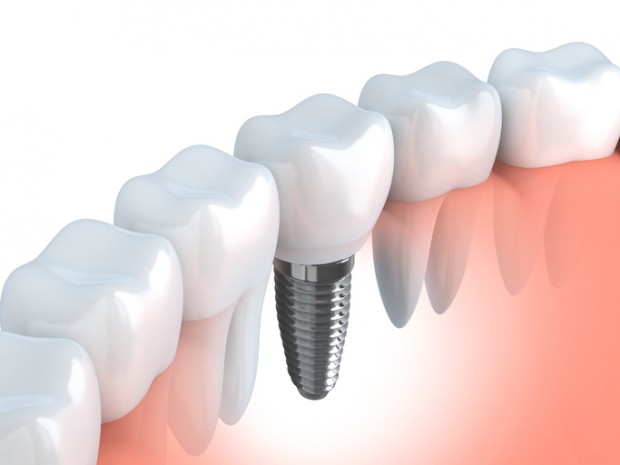
Why Do Dental Implants Fail Late? Depends
- 20 Dec 2016
- 0
- Dental Implants
The reason for implant failure usually falls into one of two categories. The first reason that dental implants fail is mechanical, which means that something broke due to excessive force, or poor design. The second is biological, which means they are infected or didn’t “take.” Let’s look at the difference between these two late failures.
How Dental Implants Fail Mechanically
With a mechanical failure, we see the porcelain on the implant crown fracture. In other cases, we see the breakage of abutment screw, or rarely, the implant fixture itself. These types of failures can usually be remedied by repair. Sometimes, this is done by removing the crown or bridge. Since we screwed the implants in, it can be unscrewed as well.
Thankfully, the fracture of the implant fixture itself is very rare. In these instances, the only remedy is implant removal. These late mechanical failures are avoided by proper planning of the implant crown or bridge. Making a diagnosis when a patient has excessive chewing forces (bruxism) also helps. Mechanical implant failure can usually be dealt with by conventional methods. Especially when the process of osseointegration is not compromised. That is, the implant itself is fine, just the crown or abutment needs repair or replacement.
How Dental Implants Fail Biologically
Biological implant failure is caused by infection of a different kind. A slow infection called peri-implantitis is by far the most difficult to treat of these late failures. This condition is analogous to periodontitis around a tooth. However, it occurs around the dental implant instead. It is caused by bacteria and leads to bone loss around the implant. This bone loss is irreversible in most cases.
Treatment for peri-implantitis is usually surgical; the implant must be exposed, decontaminated, and a bone graft and collagen membranes must be placed. Sometimes, the addition of a growth factor to aid healing, and antibiotics to treat the infection is needed. Peri-implantitis is thought to originate from bacteria that inhabits the microscopic collar of the implant called the micro-gap.
Bacteria that colonize the gums and implant surface penetrate into the micro-gap where they establish a habitat. Bacteria from the micro-gap can colonize along the implant surface and bone loss can occur. If untreated, peri-implantitis can lead to loss of the implant. Surprisingly for many, even if an implant has lost a lot of bone, it can still be rigid and function as before.
Taking Preventative Measures
The best treatment for peri-implantitis, of course, is prevention. Remember the micro-gap that is a source of bacteria that can lead to peri-implantitis? At Preserve your teeth, we use an implant that has NO micro-gap. Eliminating the micro-gap means the bacteria are kept away from the gums and bone. There is also far less of a chance of peri-implantitis occurring in the first place. Clinical studies have proven that using an implant type such as the Straumann tissue level (the only implant used at Preserve Your Teeth), an implant that has no micro-gap, results in much fewer cases of peri-implantitis.